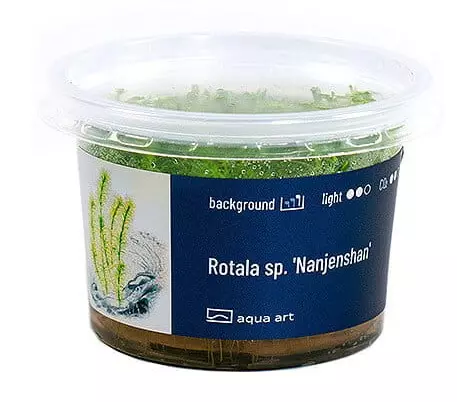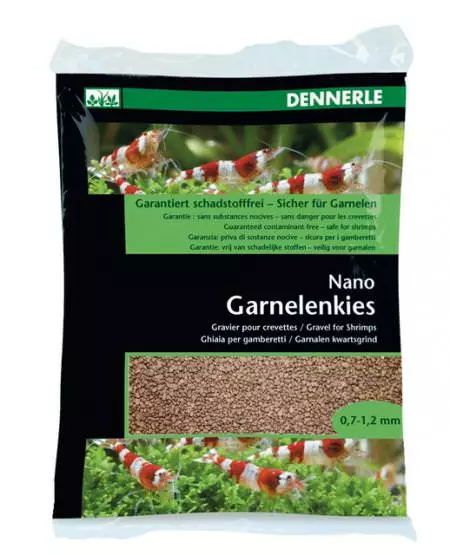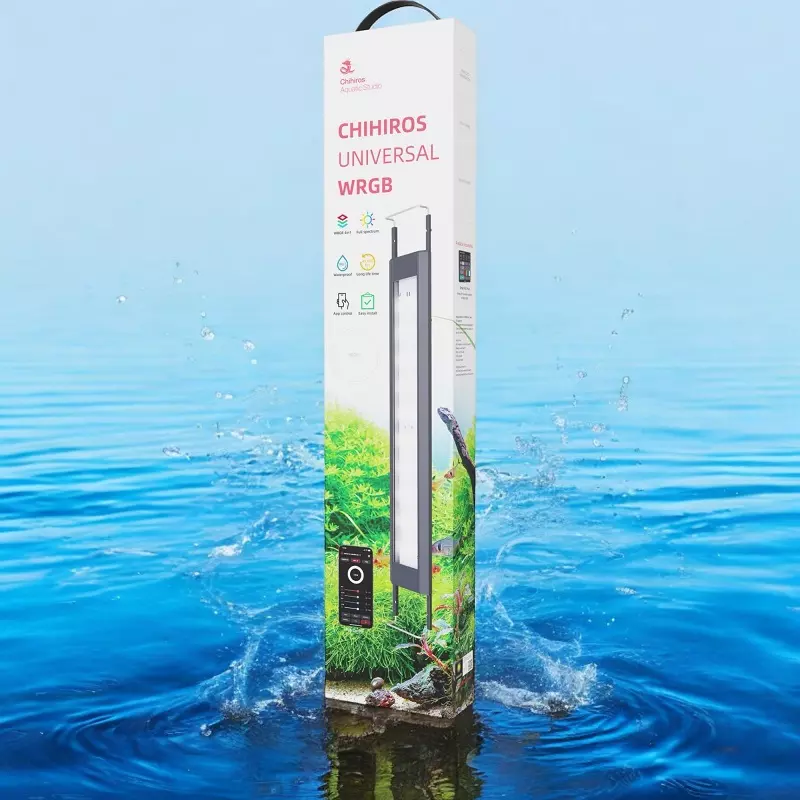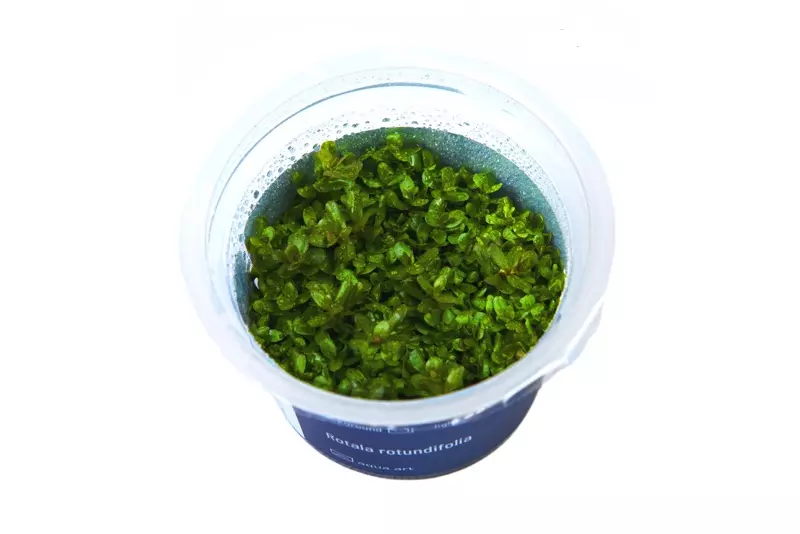Product information "Rotala sp. 'Nanjenshan"
Rotala sp.'Nanjenshan'
Rotala sp. 'Nanjenshan' is a fast-growing tertiary plant that stands out for its delicate structure and provides plenty of greenery in the aquarium.
- Difficulty of cultivation: moderately demanding
- Light requirements: medium to high
- CO₂ requirements: medium
- Height of mature plant: Up to 50 cm
- Growth rate: fast
- Temperature: 20-28°C
- Placement in aquarium: background
- Origin: Taiwan
- Cup diameter: 6 cm
The tall stems with the fine leaves
Tolerate regular pruning well. At a distance of a few
Centimeters planted in the ground, it spreads and forms a
a striking green background for other plants and
decorations.
Rotala sp. 'Nanjenshan' (Mayaka rosa) is a tertiary stem plant. It is native to Taiwan, where it occurs near the town of Nanjenshan, from which it takes its name. It is probably a natural hybrid of the round-leaved Rotala (Rotala rotundifolia) and Rotala wallichii. Both the stem and the leaves are light green in color. The tips of the stems may change color depending on growing conditions. It is characterized by its delicate structure.
The leaves are whorled on the stem in groups of 3-6, up to 2 cm long and only 0.1-0.2 cm wide. It is described as moderately demanding. It tolerates temperatures between 20-28°C and likes soft to hard water. Optimum pH is between 6.0-7.0.
Rotala sp. Nanjenshan' is a fairly demanding plant in terms of light conditions. Its best growth is ensured by bright and long lighting, even 12-14 hours per day. A symptom of insufficient light is a thin stem and a lighter color of the leaves, especially in the lower part. In extreme cases, the lack of light leads to the death of the plant. Therefore, it should not be planted too densely. It can grow in a variety of substrates.The CO₂ dosage and supplementation with nitrogen, potassium and phosphorus fertilizers is advisable. If the iron content is sufficiently high, the crowns will turn red. Rotala sp. "Nanjenshan" likes large water changes, up to ⅓ of the aquarium water volume.
Due to the delicacy and small size of its leaves, it is particularly suitable for aquariums with small fish or for a general aquarium with young fish. Like any stem plant, it looks best in a group. Tall stems with small leaves tolerate regular pruning well. The resulting cuttings, inserted into the substrate every few inches, quickly form a striking green background for other plants and decorations. As a terrestrial plant, it blooms with single flowers.
.
Planting: The plant must be removed from the cup and thoroughly rinsed from the gel under running water. This is best done by placing the plant in a container of lukewarm water. Most of the gel will then fall off by itself. Divide the contents of the cup into 1-2 cm lumps and then place them at a small distance on the selected items.
.

















.jpg)
















